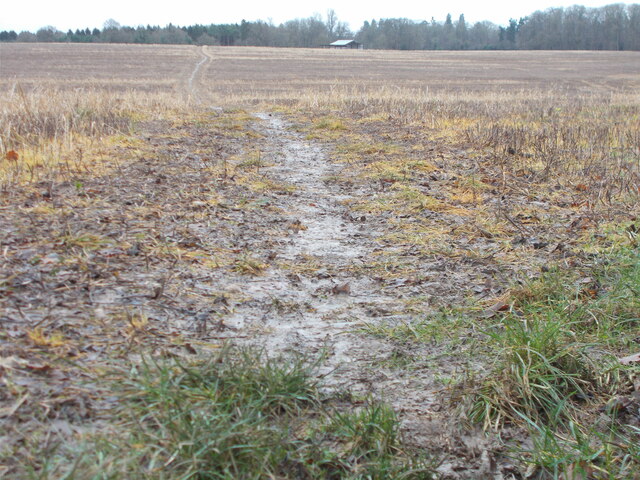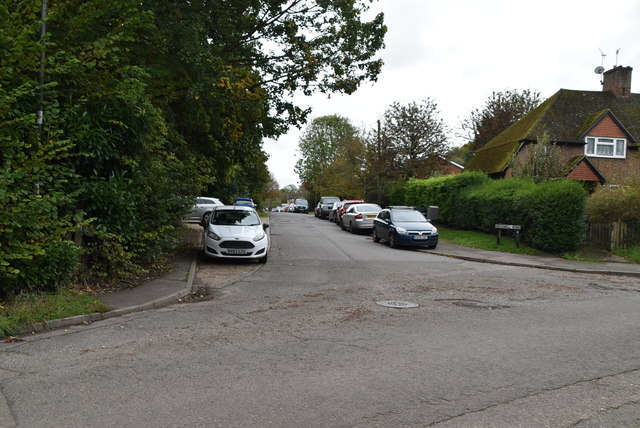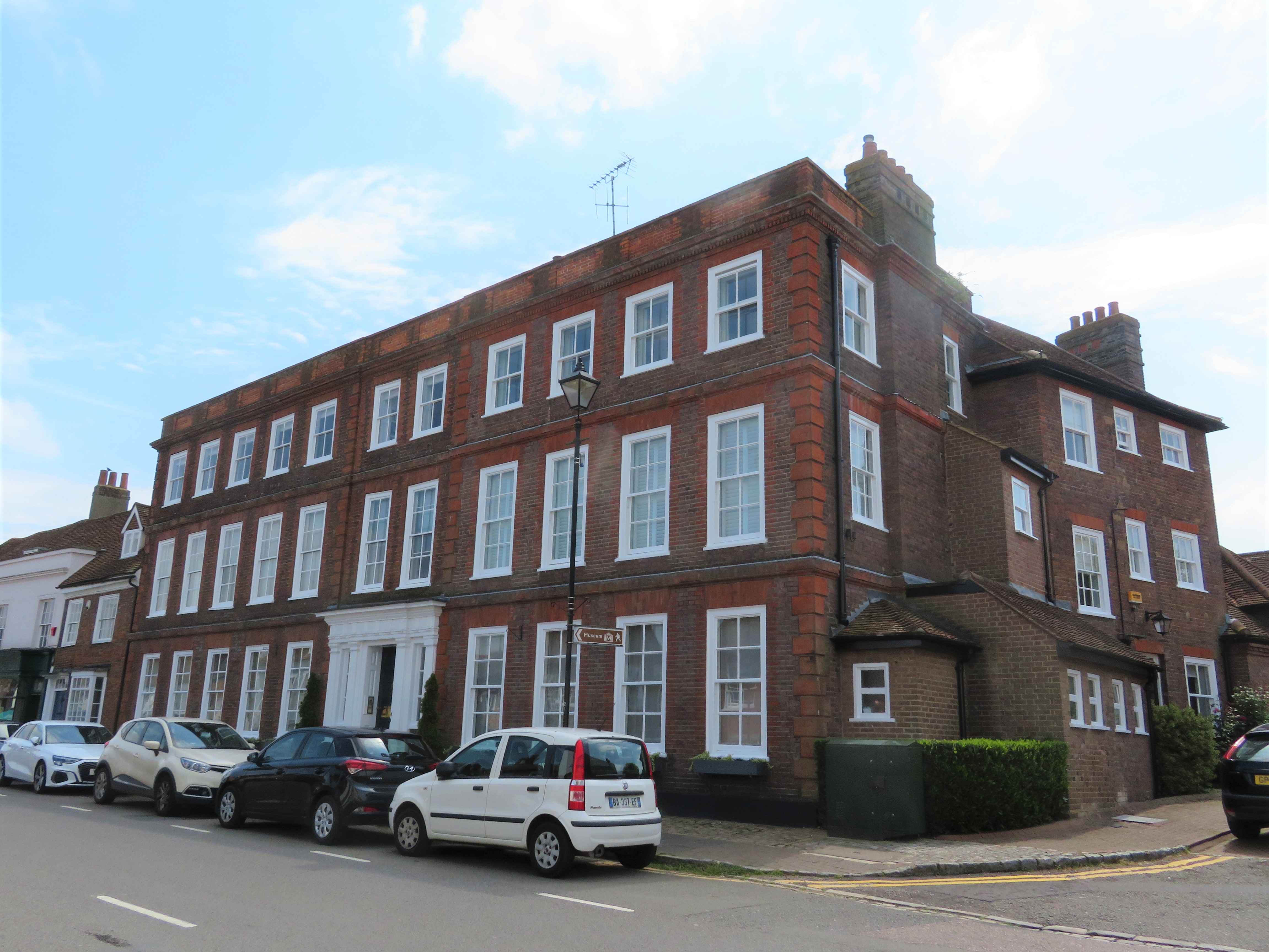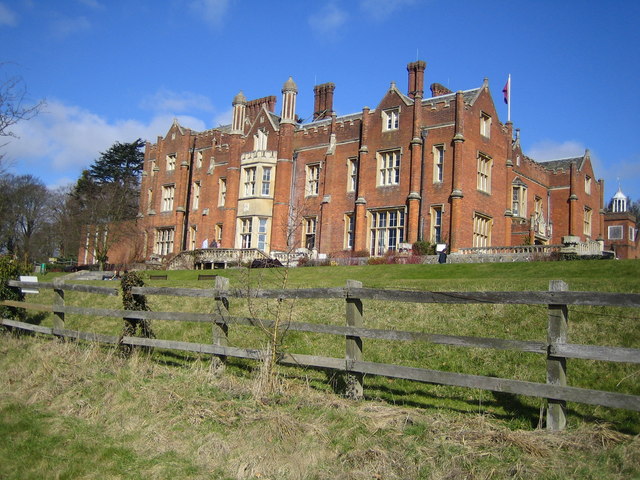Market Reading Wood
Wood, Forest in Buckinghamshire
England
Market Reading Wood
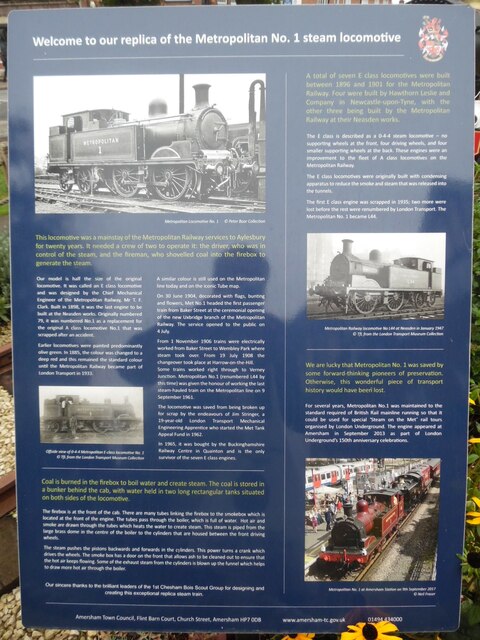
Market Reading Wood is a small village located in the county of Buckinghamshire, England. Situated in the Chiltern Hills, it is surrounded by picturesque woodlands and a thriving forest, which gives the village its name. The village is known for its peaceful atmosphere, making it an ideal place for those seeking a tranquil and rural lifestyle.
The local community in Market Reading Wood is close-knit, with a population of around 500 residents. The village has a strong sense of community spirit, and there are various events and activities organized throughout the year that bring the villagers together.
Despite its small size, Market Reading Wood has a few amenities to offer its residents. There is a local pub, The Woodland Arms, which serves as a social hub for the village. Additionally, there is a small village shop that provides essential groceries and everyday necessities.
The natural surroundings of Market Reading Wood make it a popular destination for outdoor enthusiasts. The village is surrounded by beautiful woodlands and forests, offering opportunities for hiking, nature walks, and wildlife spotting. The Chiltern Hills, designated as an Area of Outstanding Natural Beauty, are easily accessible from the village, providing stunning views and scenic trails.
Overall, Market Reading Wood is a charming and peaceful village nestled in the heart of Buckinghamshire. With its close community, natural beauty, and rural lifestyle, it offers residents a quiet and idyllic place to call home.
If you have any feedback on the listing, please let us know in the comments section below.
Market Reading Wood Images
Images are sourced within 2km of 51.68109/-0.58114623 or Grid Reference SU9898. Thanks to Geograph Open Source API. All images are credited.




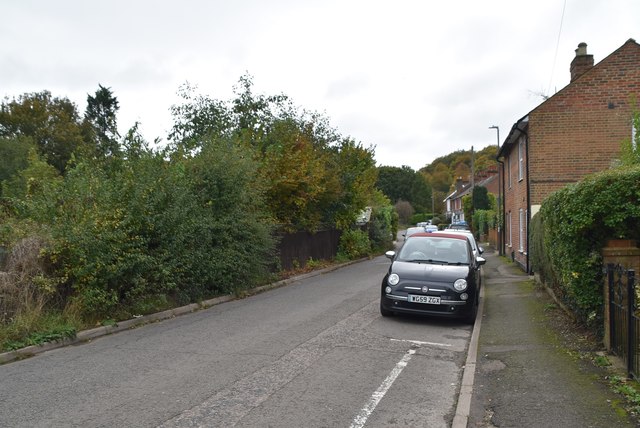

Market Reading Wood is located at Grid Ref: SU9898 (Lat: 51.68109, Lng: -0.58114623)
Unitary Authority: Buckinghamshire
Police Authority: Thames Valley
What 3 Words
///full.loads.silver. Near Little Chalfont, Buckinghamshire
Nearby Locations
Related Wikis
Chesham branch
The Chesham branch is a single-track railway branch line in Buckinghamshire, England, owned and operated by the London Underground. It runs from a junction...
Amersham
Amersham ( AM-ər-shəm) is a market town and civil parish in Buckinghamshire, England, in the Chiltern Hills, 27 miles (43 km) northwest of central London...
Burnham Hundred
Burnham Hundred is a hundred in the ceremonial county of Buckinghamshire, England. It is situated towards the south of the county and is bounded on the...
Amersham Rural District
Amersham Rural District was a rural district in the administrative county of Buckinghamshire, England from 1894 to 1974, covering an area in the south...
Chesham Bois
Chesham Bois (traditionally , but now more commonly ) is a village in the Chiltern Hills, in Buckinghamshire, England, adjacent to both Amersham and Chesham...
Dr Challoner's High School
Dr Challoner's High School, abbreviated to DCHS, is a grammar school for girls between the ages of 11 and 18, located in Buckinghamshire, England. In August...
Amersham School
Amersham School is a mixed secondary school in Amersham, Buckinghamshire. In September 2011, the school became an Academy. It takes children from the age...
Latimer House
Latimer House is a large country house at Latimer, Buckinghamshire. It is now branded as De Vere Latimer Estate and functions as a countryside hotel used...
Nearby Amenities
Located within 500m of 51.68109,-0.58114623Have you been to Market Reading Wood?
Leave your review of Market Reading Wood below (or comments, questions and feedback).

